Junction Coalition covers the mayoral race from a 15207 perspective
Gloomy weather couldn’t dampen the enthusiasm for a Feb. 2 forum with incumbent Mayor Ed Gainey and County Controller Corey O’Connor, sponsored by the 14th Ward Independent Democratic Club. Just under 300 people rubbed shoulders with the candidates during a meet-and-greet before everyone squeezed into the Eddy Theater auditorium at Chatham University. East End Print’s editor and publisher Ann Belser conducted one-on-one interviews with Mr. Gainey and Mr. O’Connor, then moderated a brief yet feisty debate between the two.
Housing and budgets
During the debate, the two candidates agreed on progressive ideals like gun control and non-cooperation with U.S. Immigration and Customs Enforcement.
They even agreed in broad strokes on the hot-button local issue of affordable housing, with Mr. Gainey touting his inclusionary zoning plan and Mr. O’Connor saying he had supported that type of zoning in Bloomfield and Lawrenceville during his time on city council.
But they do not agree on the finer points. Mr. Gainey’s proposal would require developers citywide to set aside 10% of units to price within reach of lower-income households. Mr. O’Connor asserted that neighborhoods should have varying affordability standards. He also accused the Gainey administration of holding Pittsburgh back from building new developments quickly enough.
“The big shame of it is we are not growing, and we are not growing fast enough,” Mr. O’Connor said. “We need more than a thousand units a year.” He added that the city needs to make things easier for developers who want to build and “get [Permits, Licenses and Inspections] working faster so Pittsburgh is open for business.”
Mr. Gainey said it was fair to ask developers for concessions in return for things like allowing building on smaller lot sizes and waiving parking requirements, especially since previous housing programs haven’t stopped the city from losing residents.
Mr. O’Connor accused the incumbent mayor of “wasting” the $335 million in federal COVID-19 relief Pittsburgh received by hiring 100 new city employees instead of spending it on snowplows, rec centers and information technology.
Mr. Gainey replied that Pittsburgh’s problems with outdated equipment, understaffed departments and crumbling infrastructure predate his tenure by over a decade.
The Pittsburgh Post-Gazette reported that previous Pittsburgh mayor Bill Peduto’s administration ignored repeated warnings from bridge safety inspectors. This culminated in the collapse of the Fern Hollow Bridge early in Mr. Gainey’s term.
Pittsburgh still managed to end 2024 with a $4 million budget surplus, Mr. Gainey said. He pointed out that Allegheny County has similar budget worries — and, unlike Pittsburgh, had to raise taxes for 2025.
Issues affecting 15207
Mr. Gainey has spent three years as Pittsburgh’s mayor. Mr. O’Connor served for 10 years as City Councilor for District 5 (which includes 15207).
Ms. Belser’s first question for debate concerned whether speed humps are effective enough to be worth the hassle. She noted, “Everybody wants them on their street, and nobody wants them anywhere else.”
Mr. O’Connor answered that while on City Council, he helped put in some of the first speed humps in the city. He praised the Gainey administration for adopting a Vision Zero policy that aims for zero traffic deaths.
“Speeding is a thing,” Mr. O’Connor said. “We have to protect our residents; we have to ensure that there are no strips in the city of Pittsburgh where you can exceed the speed limit [by up to] 20 to 30 times.”
Mr. Gainey described traffic calming as a way to “create equity in our communities.”
“When I came in,” he said, “we had a whole lot of speed bumps in Squirrel Hill. But you had no speed bumps in Glen Hazel, none in Hazelwood, none in Greenfield.”
In 2022, Pittsburgh City Controller Michael Lamb’s office released a performance audit of the city’s Department of Mobility and Infrastructure, or DOMI, that highlighted how traffic-calming measures were being applied unevenly in Pittsburgh.
The audit included maps that showed 100% of speed humps in District 5 concentrated at its northern end, in Squirrel Hill South. In the two years since that audit was released, an increase in the traffic-calming budget and advocacy by District 5 City Councilor Barb Warwick resulted in DOMI adding speed humps and other traffic-calming infrastructure along Hazelwood, Greenfield, and Johnston avenues.
In the first two months of Mr. Gainey’s term, he canceled the Mon-Oakland Connector project pushed by CMU, University of Pittsburgh, the Peduto administration and ALMONO Partners (owners of the Hazelwood Green development). The publicly subsidized $23 million private roadway would have permanently degraded Schenley Park and commandeered public spaces in the historic Four Mile Run and Panther Hollow neighborhoods. Mr. O’Connor’s tenure as District 5 Councilor encompassed all six and a half years of residents’ fight to save their community.
Junction Coalition will continue covering the mayoral race as the May 20 primary election approaches.
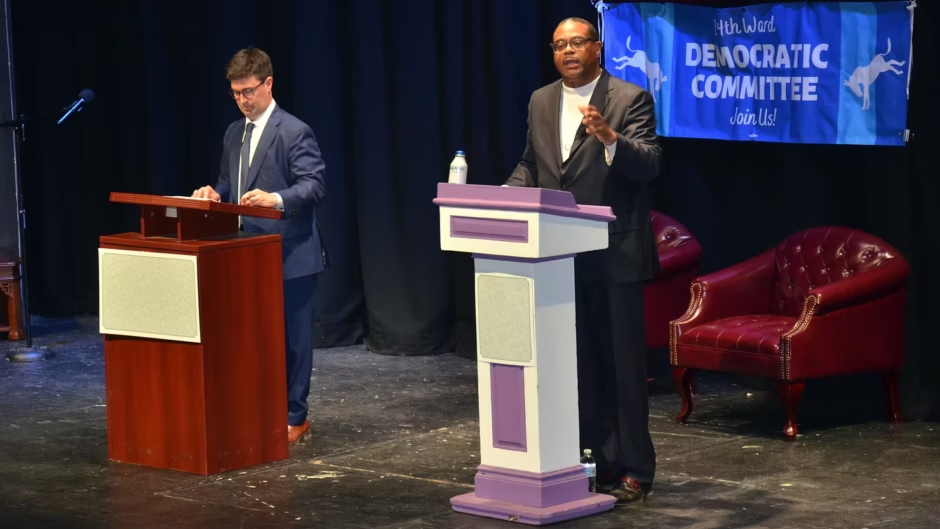
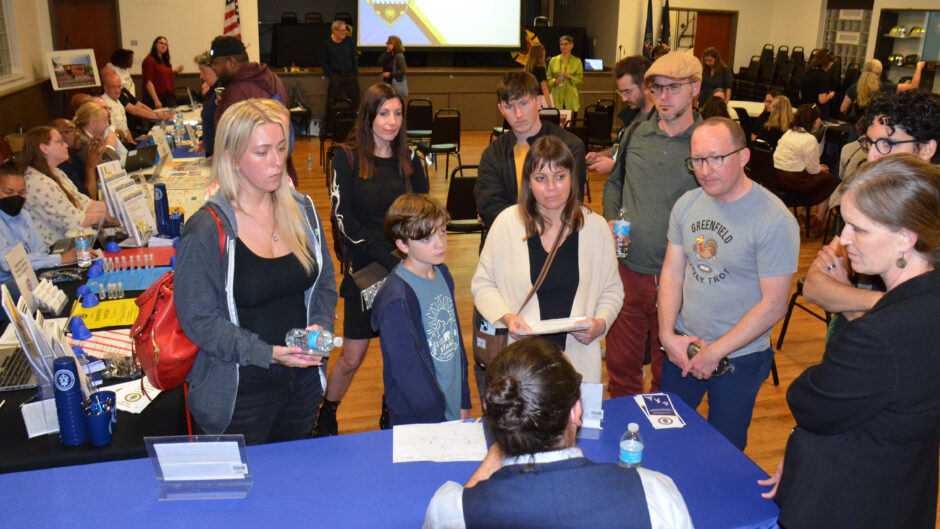

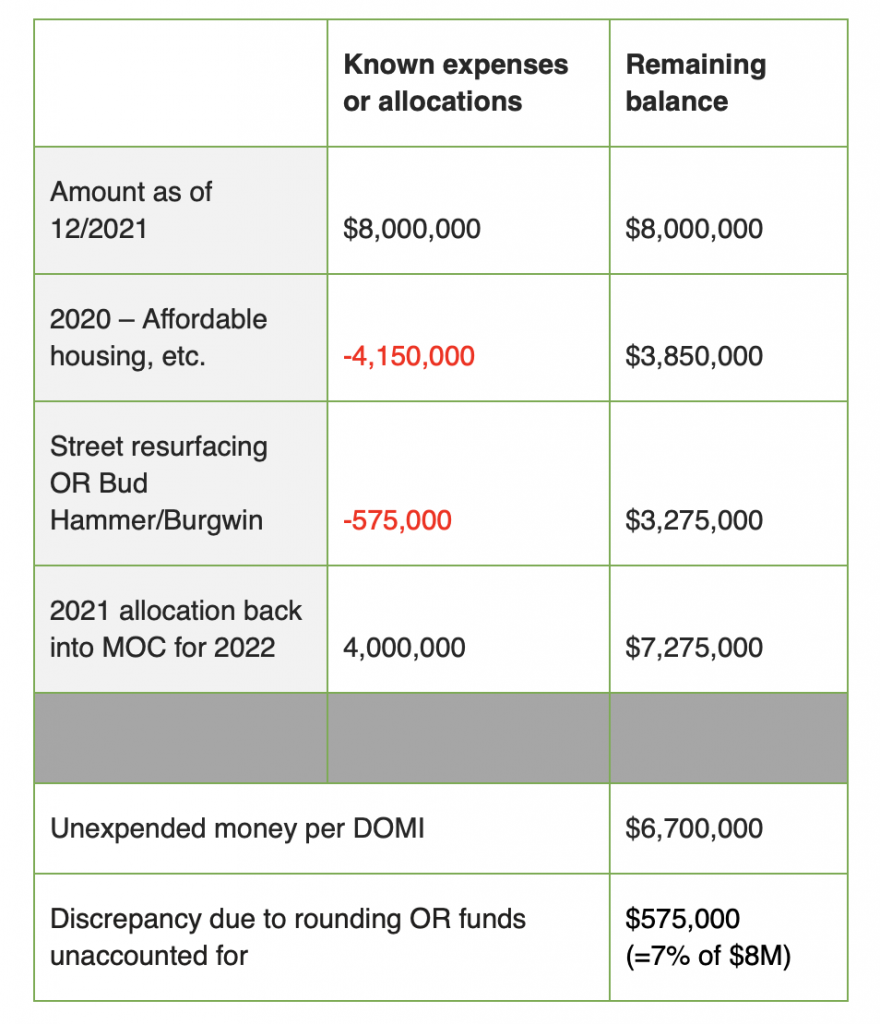
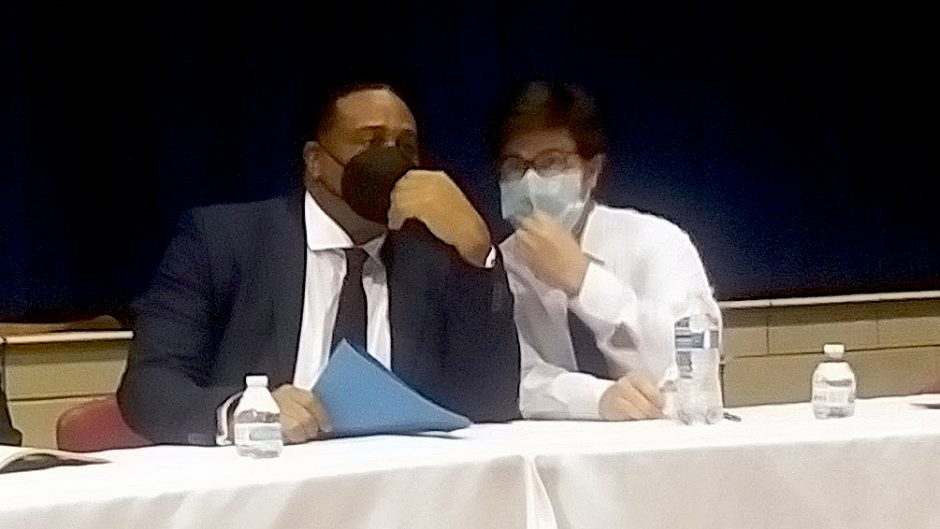

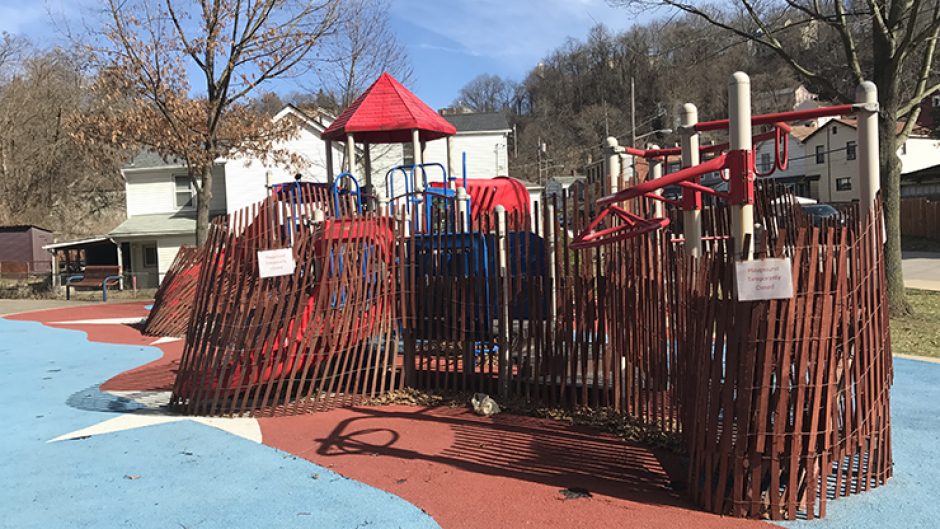
Recent Comments